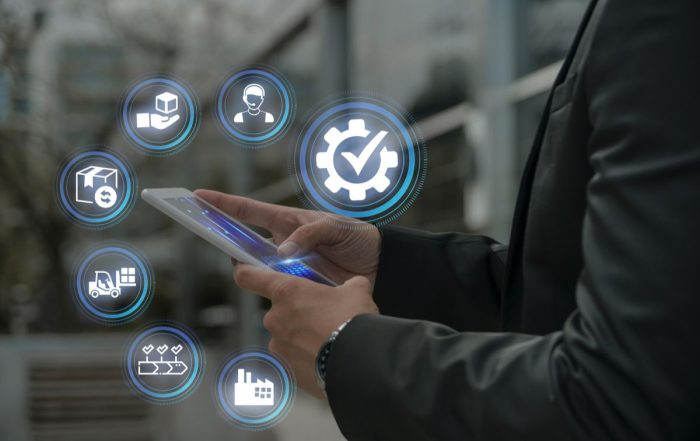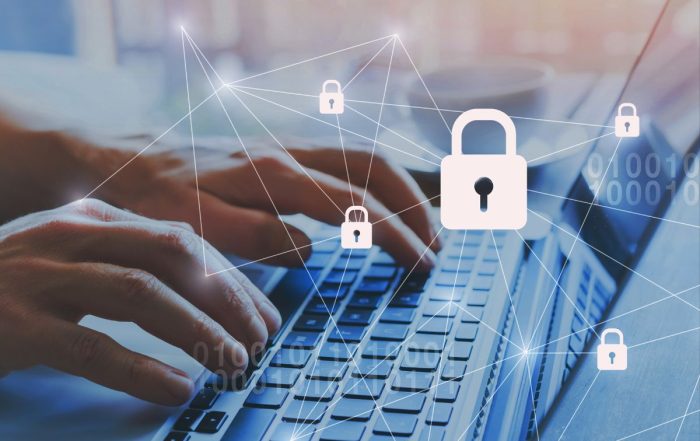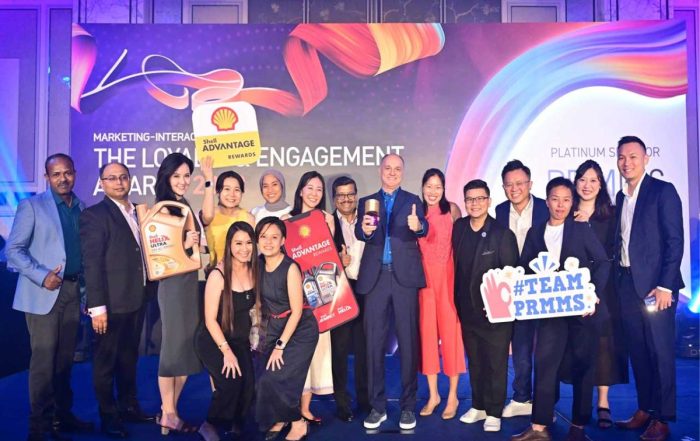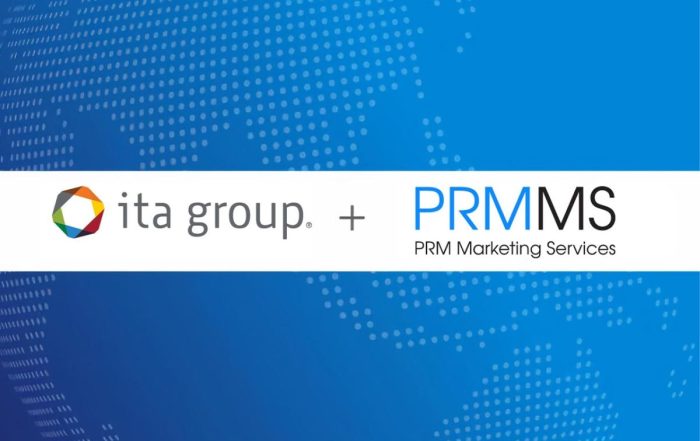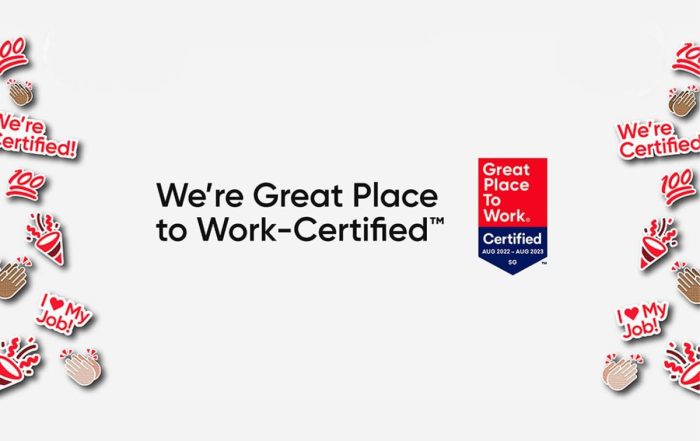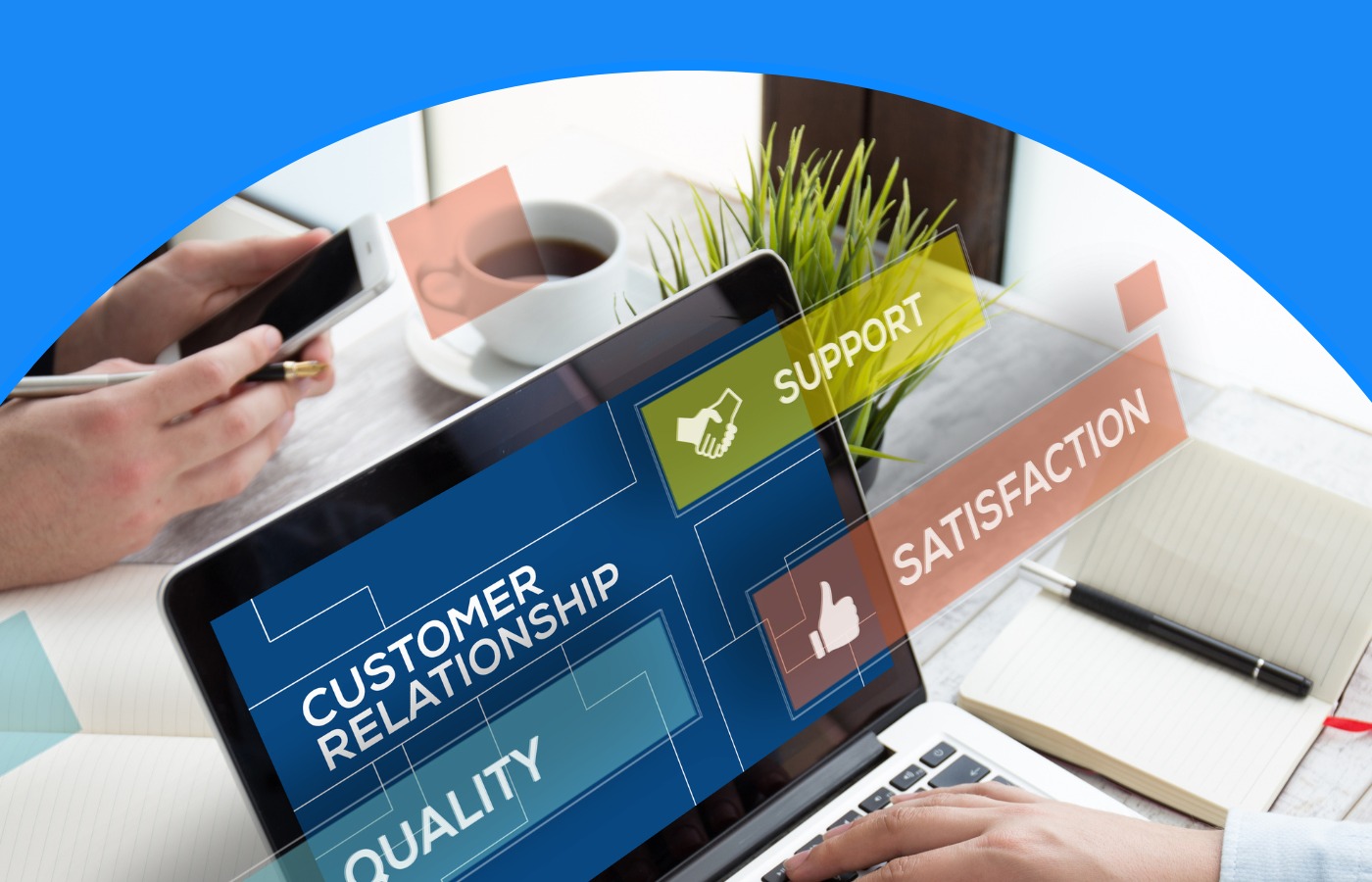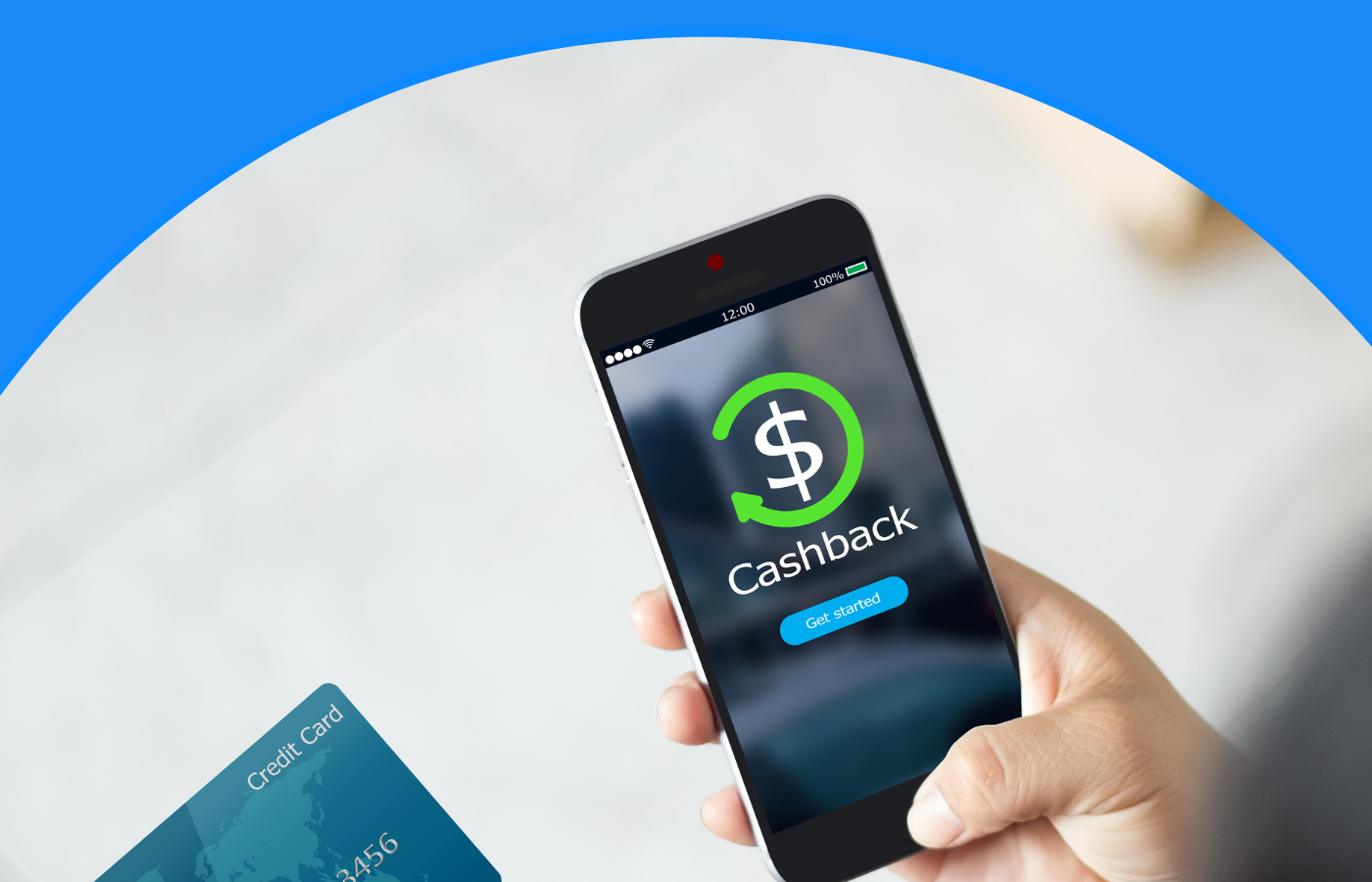Can Gamification be the Secret Sauce for Channel Partner Programs in 2024?
Gamification, or the application of game elements in non-game contexts, has become increasingly popular in business and marketing over the past decade. The global gamification market has steadily grown and is projected to reach $32 billion by 2028 according to Emergen Research. Gamification leverages people’s natural desires for competition, achievement, status, self-expression, altruism and closure to motivate desired behaviors. It applies game mechanics like points, badges, leaderboards, challenges and rewards to drive engagement with products, services, brands and online communities.
Common examples of gamification include loyalty programs like frequent flyer miles, mobile apps and websites that award badges for activities, and customer review sites that grant status levels based on user contributions. The basic psychology is to tap into users’ intrinsic motivation by making tasks and interactions more fun and rewarding.
Partner relationship management (PRM) programs focus on enabling vendors to effectively recruit, onboard, train, support and manage channel partners that resell or distribute their products and solutions. PRM platforms provide tools to attract new partners, share sales collateral, deliver training, and track partner performance. A core goal is to maximize partner engagement and sales productivity.
In this article, we’ll discover:
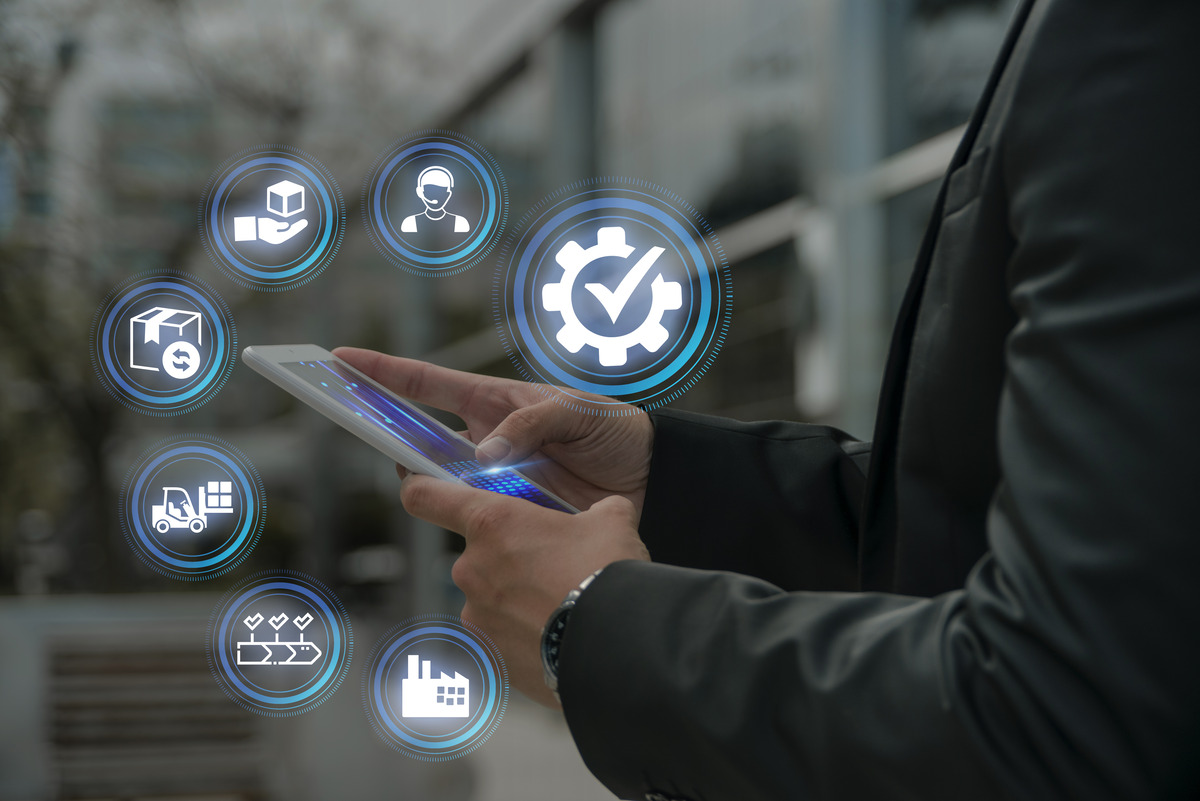
Business in the Era of Gamification
Gamification has become an increasingly popular tool across various functions of business in recent years. Many companies have successfully implemented gamification techniques in areas like marketing, sales, human resources, and customer loyalty programs. The goal is to leverage people’s natural desires for competition, achievement, status, self-expression, altruism and closure to drive engagement with brands, products and services.
Some key ways businesses are using gamification:
- Marketing campaigns that reward customers for social sharing, referrals and other activities. This creates fun experiences and viral effects.
- Sales teams that compete on leaderboards for performance metrics like calls made, deals closed and revenue generated. This taps into sales reps’ competitive spirits.
- Onboarding programs that guide new hires through game-like training. This increases engagement with critical knowledge.
- Customer loyalty programs that offer points, badges, levels and rewards. This incentivizes repeat purchases and brand loyalty.
- Wellness initiatives that track fitness activity and offer prizes. This promotes employee health through friendly competition.
Studies show properly executed gamification initiatives can increase profits by 30%, boost employee productivity by 50%, and double the number of customers engaging with brands. The rewards and status of games appeal strongly to human psychology. That is why gamification is becoming a must-have strategy for forward-thinking businesses across industries.
How Can Gamification Boost PRM Impact?
Gamification has significant potential to engage and motivate channel partners and sales representatives in partner relationship management (PRM) programs. By leveraging game mechanics and applying them to business objectives, PRM platforms can tap into the human desire for achievement, competition, collaboration and reward.
Some examples of gamification mechanics that could be effective in a PRM context include:
- Points, badges and leaderboards – Participants earn points for completing actions like sales calls, trainings and deal registrations. Points accumulate to unlock badges and climb leaderboards. This creates motivation through status and healthy competition.
- Challenges and quests – PRM programs can issue challenges like “complete 5 trainings this month” or “register 10 new deals this quarter”. Completing these focused objectives offers a sense of achievement.
- Rewards and prizes – Points and achievements can unlock real world rewards like gift cards, merchandise and trips. Or virtual goods like badges, avatar customizations and animations can also work as compelling rewards.
- Levels – With enough points participants can reach new levels that unlock additional content, data access, and other benefits. Higher levels produce a sense of progression.
- Storytelling and themes – Having an overarching narrative and theme makes the experience more immersive. For example, PRM games may put participants in a space exploration or fantasy setting.
Implementing these mechanics through the PRM platform provides constant engagement and motivation between in-person partner events and meetings. Ultimately driving greater adoption of PRM tools and achieving higher sales and revenue results.
Challenges of Implementing Gamification in PRM
Implementing gamification into partner relationship management (PRM) programs can be rewarding, but also comes with some unique challenges. Here are some of the key difficulties companies face when gamifying their PRM strategies:
1. Complexity of Designing Effective Games and Mechanics
One of the biggest hurdles is creating games and mechanics that truly engage and motivate partners. It takes a deep understanding of human psychology and what drives different personalities to design experiences that get partners hooked. Companies have to walk a fine line between creating something addictive and avoiding shallow extrinsic motivators. The games need to align with business objectives while also creating meaningful experiences for partners. This is no easy task.
2. Potential to Backfire if Not Executed Properly
Gamification has great potential to motivate and inspire, but it can also backfire spectacularly if not executed thoughtfully. For example, creating overly competitive dynamics may discourage less active partners. Partners may also feel manipulated if the games feel arbitrary or coercive rather than natural and fun. And if the rewards are not worthwhile, gamification efforts can fall flat. Companies must carefully test and adapt their programs to avoid these pitfalls.
3. Administrative Overhead
Running a gamified PRM program requires ongoing effort. Companies have to administer accounts, create new content and challenges, monitor progress, and distribute rewards. This administrative burden scales along with the program’s size and complexity. Companies need to set up proper infrastructure and staffing to support their gamified ecosystems. If partners encounter hiccups or delays, it can sour their experience.

Best Practices for Gamification in PRM
To successfully implement gamification in a PRM program, it’s important to follow some best practices:
1. Understand your audience and what motivates them
Gamification works best when it taps into the intrinsic motivations of users. Conduct research to understand what drives your partners and sales reps – is it recognition? Competition? A sense of meaning and progress? Align game mechanics accordingly.
2. Map game mechanics to business objectives
Gamification should further the goals of the PRM program, not just be added for fun. Be clear about what behaviors you want to drive, and design appropriate rewards, levels, challenges etc. to incentivize those behaviors.
3. Keep it fun and rewarding
The gamified experience should be engaging and enjoyable. Use surprise rewards, visual elements, friendly competition and social connection to create something energizing and addictive. Make sure participants feel consistently rewarded for their efforts.
4. Test and refine
Launch an MVP version first and continually test, measure and optimize the gamified experience. Seek feedback from users to improve engagement. Review analytics regularly to identify what game mechanics are working.
5. Consider accessibility
Ensure the gamification works well across devices and doesn’t disadvantage users with disabilities. Keep options open for alternative ways to participate.
6. Integrate intelligently
Gamification works best when integrated tightly with existing PRM platforms. Leverage APIs and connections to CRM data to create personalized, context-aware experiences.
With the right gamified approach tailored to audience motivations, PRM programs can drive greater partner participation, sales productivity and channel growth.
Key capabilities required for implementation of gamification include templates, admin consoles, APIs, analytics, rewards systems, notifications, CRM/business system integration, and more. The offerings continue to expand as gamification gains adoption.
Examples of Gamification in PRM
Several companies in the tech industry have already implemented gamification into their PRM programs with positive results. Here are a few real-world examples:
- Microsoft partner program uses a point system, achievement badges, and leaderboards to motivate and engage partners and field sellers. Points are earned for training completion, sales successes, community engagement and more. Top point earners receive access to exclusive events and recognition.
- Dell built a mobile game app for its partners that offers quizzes, competitions and rewards. Partners can earn badges by completing training, recruiting new partners, and hitting sales goals. The gamified elements create healthy competition and incentives.
- Adobe’s partner loyalty program includes points, badges, and leaderboards to drive desired partner behaviors. Partners can earn badges for completing trainings, selling solutions, and participating in marketing campaigns. Points can be redeemed as rewards.
- IBM has gamified elements in its partnerworld platform. Partners earn digital badges for finishing trainings, reaching sales milestones, and mastering skills. Badges recognize achievements and provide a visible status marker.
- Salesforce uses gamification tactics like points, badges, and leaderboards in its partner community. Participants earn recognition for knowledge-sharing, collaborating, and completing missions. It increases engagement and retention.
- SAP has incorporated game mechanics into its partner program training. Partners level up as they acquire new skills and expertise. The gamification makes the learning path more motivating and engaging.
These examples showcase how leading technology companies are already finding success with gamification in their partner relationship management programs. The data shows gamification works to drive partner engagement, sales productivity, skill development, and program loyalty when implemented strategically. More companies are likely to adopt these gaming tactics in their PRM efforts in the coming years.

Measuring the Impact of Gamification in PRM
Gamification campaigns should have clear goals and metrics identified at the outset to measure impact properly. Here are some best practices around tracking gamification effectiveness:
- Engagement metrics – These indicate how well gamification is driving participation. Track metrics like number of users, frequency of interactions, content shares, time spent, and repeat visits. Can segment by user type like partner tier.
- Motivation metrics – Survey users before and after gamification implementation to measure increase in motivation from the campaigns. Score motivation on a scale in areas like satisfaction, pride, sense of accomplishment.
- Business impact metrics – Ultimately gamification aims to drive business results. Track metrics tied to company goals like revenue growth, conversion rates, product adoption, Net Promoter Score. Ensure you can correlate gamification engagement to business outcomes.
- Benchmark metrics – Compare gamification metrics against past performance without gamification and industry standards to better understand impact. Example – overall engagement may be up 20% with gamification vs. prior year.
- Analytics – Use analytics platforms to capture and analyze gamification data. Tie to CRM and sales systems for complete insights. Track by campaign, user segment, geography, etc. to optimize.
- Surveys – Conduct user surveys at end of campaigns to gauge satisfaction, favorite aspects, suggested improvements. Use feedback to refine gamification approach.
- Focus groups – Gather qualitative insights through partner focus groups on their gamification experience and what resonates.
By tying gamification initiatives back to business goals and robustly measuring performance through analytics, surveys and benchmarking, PRM programs can prove the value of gamification and continually refine their strategies.
Future Outlook for Gamification in PRM
The use of gamification in partner relationship management programs is poised to increase significantly in the coming years. As technology continues to advance, more sophisticated and integrated gamification platforms will emerge that can provide real-time personalized experiences to drive engagement. Here are some predictions for the future of gamification in PRM:
1. Increased Adoption of Gamification
Gamification is expected to become a standard component of PRM programs by 2024. As younger tech-savvy generations enter the workforce, they will expect and embrace gamified experiences as part of business software applications. The results of early gamification efforts will demonstrate its ability to motivate channel partners and influence behaviors. More PRM vendors will integrate gamification features into their platforms to stay competitive.
Organizations will realize the benefits of driving partner performance through positive psychology and game mechanics. The ability to track detailed analytics on participation, achievement levels, and rewards will prove the ROI of gamification investments. As success stories emerge, adoption will rapidly increase across channel sales and partner marketing programs.
2. Innovations in Gamification Platforms
Advancements in mobile technology, AI, cloud computing, and real-time data will enable more sophisticated enterprise gamification platforms. Platforms will leverage user profiles, preferences, and behaviors to deliver hyper-personalized and adaptive gamified experiences. Partners can expect real-time feedback, challenges tailored to their needs, and recognition aligned with motivational triggers.
Platforms will integrate seamlessly with PRM systems and provide turnkey frameworks to implement programs quickly. Admin interfaces will enable full customization and control over themes, levels, badges, rewards and analytics. No-code tools will allow business users to launch targeted campaigns and challenges without IT support. Templates will exist for common channel partner scenarios like recruitment, onboarding, certification, deal registration, and sales contests. The future offers exciting possibilities for driving partner performance through next generation gamification.
Gamification has the potential to be a game-changer for partner relationship management (PRM) programs in 2024 and beyond.


